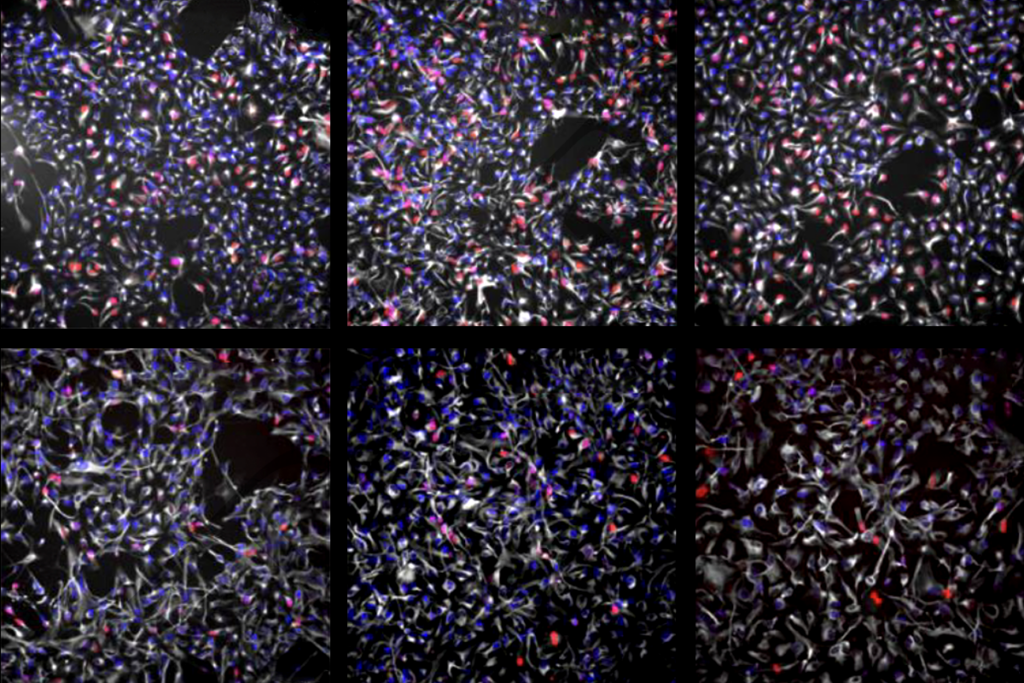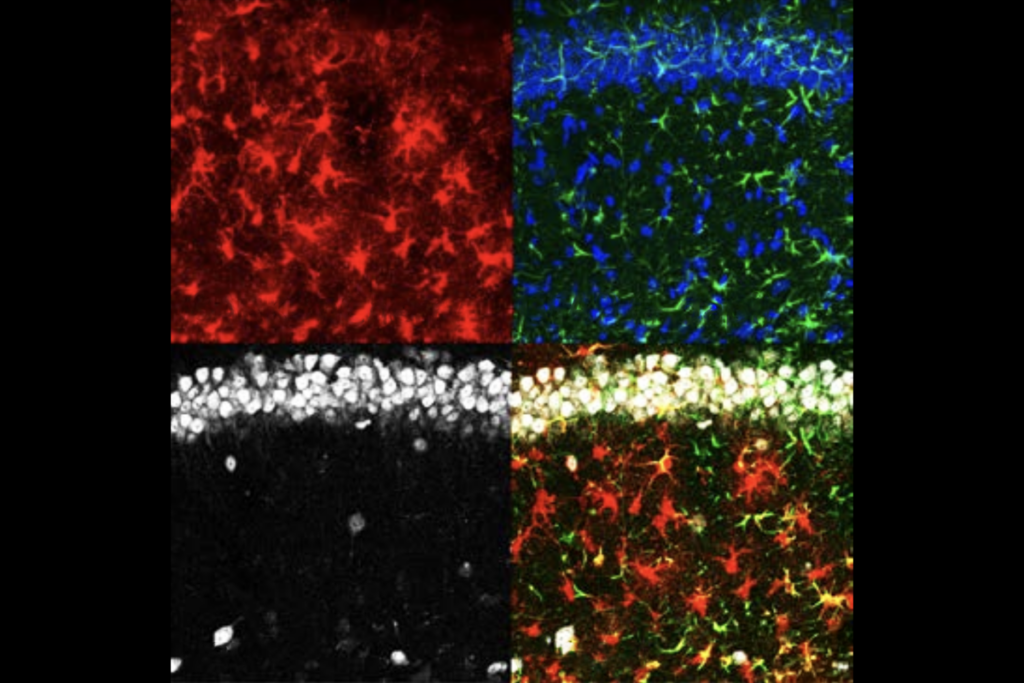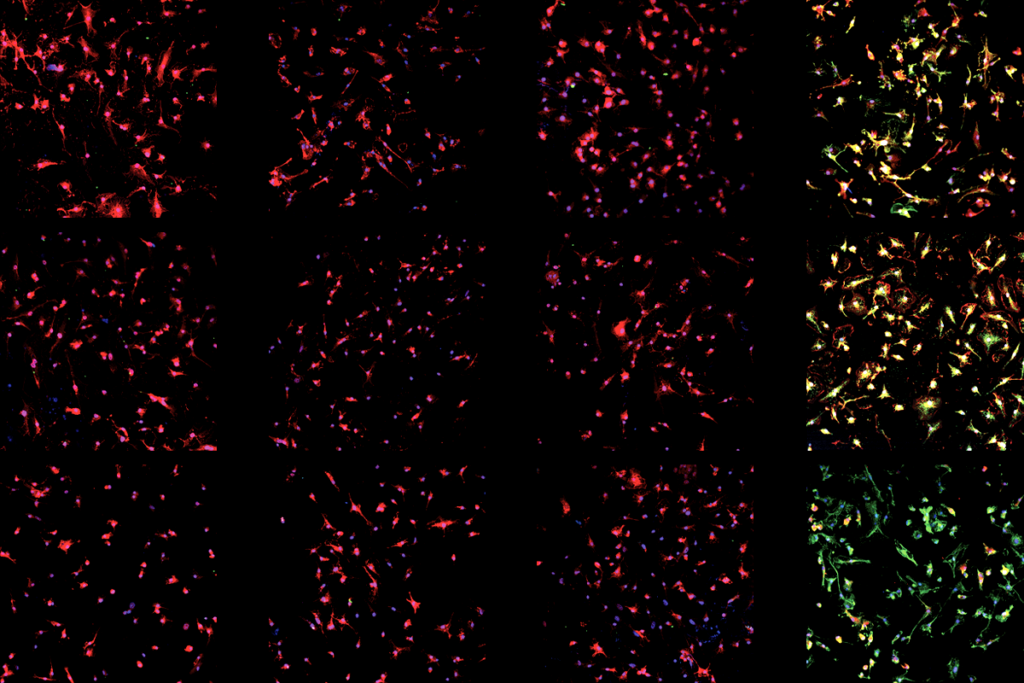- Mental health patterns differ for people with specific disruptive variants in genes associated with autism, according to a study in 65 youth. Of three genes assessed, anxiety was most associated with variants of CHD8, oppositional features with ADNP variants, and attentional and depressive traits with DYRK1A variants. Journal of Neurodevelopmental Disorders
- The U.S. National Institutes of Health has put out a call for input on the strategic priorities for the next five years of its Environmental influences on Child Health Outcomes (ECHO) Program. nih.gov
- Cortical development is sensitive to varying levels of TBR1 protein, according to a preprint. The findings suggest that the Tbr1-2A-CreER allele—modified in a new mouse model—causes only a partial loss of gene function, and the glutamatergic projection neurons of these animals display abnormalities in their long-range connections. Mutations in the TBR1 gene are strongly linked to autism. bioRxiv
Anxiety and CHD8; TBR1 protein; NIH ECHO program
Here is a roundup of autism-related news and research spotted around the web for the week of 22 April.
By
Jill Adams
23 April 2024 | 2 min read

Dosage dependent: The level of TBR1 protein (greatest in the images at left and lowest at right) can cause thinning and other structural changes in the brain’s anterior commissure, corpus callosum and fornix.
- The biopharmaceutical company Ultragenyx is preparing to launch a phase 3 trial of the antisense oligonucleotide GTX-102 as a treatment for Angelman syndrome, according to an announcement from the company. Spectrum has previously covered efforts by Ultragenyx and other companies to develop a treatment for this syndrome. EndpointsNews
- “In two separate studies of Black families with autism, partially funded by SPARK, investigators from Vanderbilt Universityand the University of Arkansas found that cultural barriers, stigma and a basic lack of understanding of autism often led to delays in seeking an initial diagnosis.” STAT
- The harmonized Modified Checklist for Autism in Toddlers can detect which children are likely to have autism, with up to 60 percent sensitivity, and which children have a low likelihood of autism, with up to 99 percent specificity. Pediatric Research
tags:
Recommended reading

Dosage of X or Y chromosome relates to distinct outcomes; and more
By
Daisy Yuhas
24 June 2025 | 2 min read

Altered visual processing in a mouse model of fragile X syndrome; and more
By
Jill Adams
17 June 2025 | 2 min read
Explore more from The Transmitter

Astrocytes sense neuromodulators to orchestrate neuronal activity and shape behavior
By
Claudia López Lloreda
27 June 2025 | 9 min listen

Authors correct image errors in Neuron paper that challenged microglia-to-neuron conversion
By
Shaena Montanari
26 June 2025 | 3 min read

Building a climate neuroscience subfield: Q&A with Angie Michaiel
By
Calli McMurray
26 June 2025 | 5 min read
Cite this article:
